There were only a few films that employed animation at the 2012 Docaviv International Documentary Film Festival. That is a pity, as there is a growing number of interesting “docu-animation” films worldwide and an increased use of animation in documentary film.

Three films with animation are mentioned in the Docaviv catalogue, of which I saw two. “Treasure Hunt” (41 min, 2012) is Nadan Pines‘s graduate film at Bezalel Academy of Arts and Design, Jerusalem, where he studied animation in the Screen Based Arts Department. “Treasure Hunt” is a moving film on the difficulties of communication within the filmmaker’s family, presented in an intelligent and sensitive manner, avoiding a sense of voyeurism or manipulation of the subjects or audience. The film has static drawings, primarily referring to place; scenes of childhood memories with minimal animation and soft hues – very well suited to their role in the film; a pictorial map emphasizing relationships of distance in geographic proximity; and fine animation on top of ‘live action’ that connect to the playful feel of a “Treasure Hunt.”
The film and its animation are very different from the “cartoon style” animation in “Half-Baked,” created by Nadan Pines during his 3rd year studies; a film selected for competition by leading international animation festivals which was very well received. Nadan Pines’ advisors on “Treasure Hunt” were Tomer Heymann and Eyal Sorek. The film was awarded the 2nd prize at Docaviv in the Student Film Competition.
The jury’s statement: Intelligent script choices and confident cinematic language enable the director to convey his personal story while allowing the viewer to identify with a different protagonist at each stage of the film. The choice of animation to portray past events arouses interest in its allusion to the world of childhood, and is employed with intelligence and sensitivity, while simultaneously enhancing the amused and ironic tone adopted by the director.
“Keep Me Upright” (France, 2011, 65 min) by Zoe Chantre is a personal story of a young woman who regards her severe health issues as raw material for artistic creation – drawing, writing, sculpture, and installations. Among these are some scenes with images in motion, some of which were done by drawing – erasing – redrawing in a notebook. The scope and diversity of the creativity is very impressive.
It was interesting to see the use of frame-by-frame in other films. An excellent example is “Marina Abramovic: The Artist is Present” (USA, 2011, 105 min). There is a brief time-lapse segment that emphasizes the large number of people at the retrospective of Abramovic’s work at the MOMA. There are admirable creative choices in this film. It was the most moving and enjoyable film I saw at the festival this year.
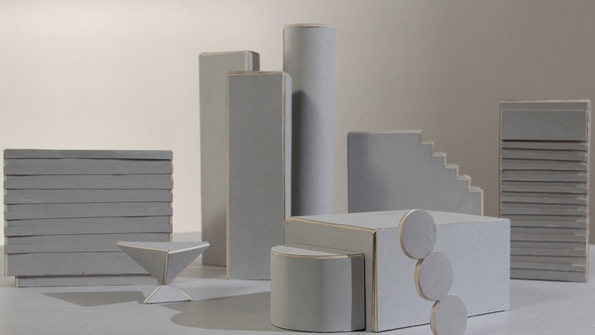
On DocAviv’s website and on YouTube one can enjoy the excellent promo which was created by Hadar Landsberg. The stop motion animation features a long shot on buildings representing the white city; some may be easily recognized as Tel Aviv buildings; while masses carrying signs move through the space and eventually fill it, while “the buildings” are transformed and the neutral background is covered with images.
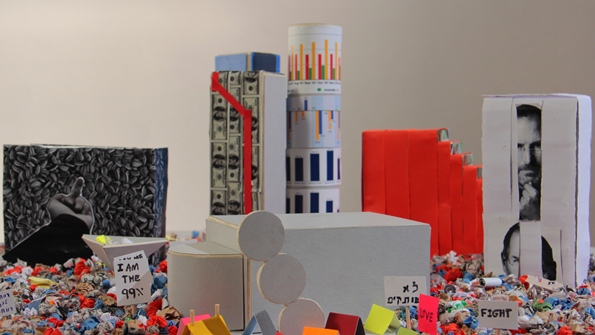
The directions that Hadar received from Sinai Abt, the festival’s artistic director, were that the promo should characterize Tel Aviv and relate to the wave of protests/revolutions in the world and to the festival’s films.
The film is so visually rich that it was a pleasure to see it over and over again, each time discovering something new. Steve Jobs can be identified in the background, a red building (for Hadar this symbolizes the revolutions in the Moslem world), a house covered with dollar bills, a house covered with sunflower seeds, and more – all relating to the films shown at Docaviv.
The set is a revolving round stage, made of cardboard and toilet paper rolls (constructed by Itay Landsberg, a professional lighting designer who also did the lighting for the film – a strong source of light from above at a 45 degree angle; and diffuse light with reflections from the white spaces). The “masses” on the streets are what Hadar calls “bits of crushed paper that are not too colorful, with a few small signs.” It was filmed with a digital camera – Canon 60D and used Animator HD software.
*The article was written by Tsvika Oren for Animation Center online magazine #217. Originally published in Hebrew, it was translated by Ayelet Dekel in collaboration with the author.

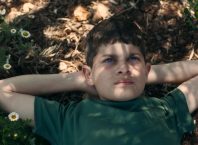
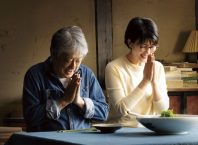
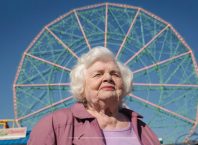
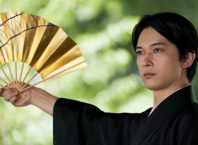
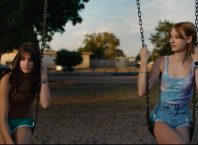
Comments are closed.